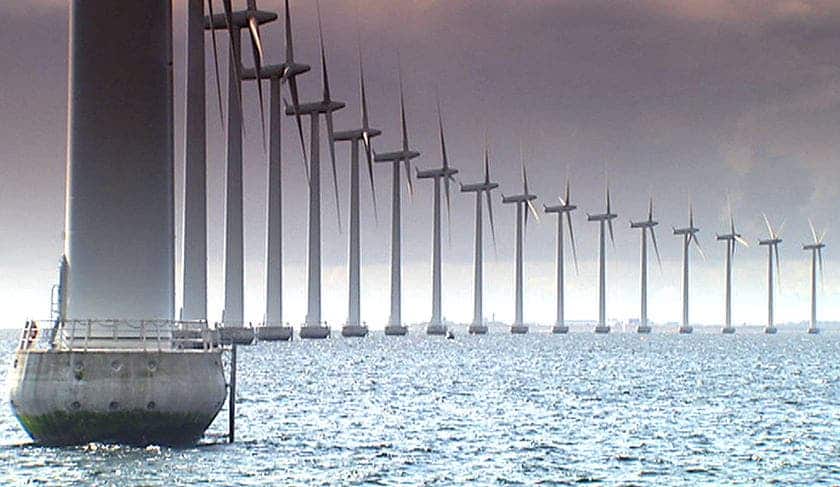Most days are windy in Denmark, but Thursday was unusually so – it was so windy that the country got its entire energy needs and more solely from wind turbines.

During the afternoon it was already reported the Nordic nation’s wind turbines were producing 116 per cent of Denmark’s electricity needs, and the figure rose to 140% by the end of the day. But the surplus wasn’t wasted – 80 per cent of the surplus power was shared between Germany and Norway, with Sweden taking the 20 per cent left over. So even if they produced more than they actually need, Denmark still created useful, green energy.
Oliver Joy, spokesman for the European Wind Energy Association, said:
It shows that a world powered 100 per cent by renewable energy is no fantasy.”
Sure, you could argue that this doesn’t mean very much, because highly windy days are not really that common – but it’s still a sign. Wind power produced the equivalent of 33% of Denmark’s total electricity consumption in 2013 and 39% in 2014 and the Danish government adopted a plan to increase the share of electricity production from wind to 50% by 2020, and to 84% in 2035. Even though coal still takes up a big chunk of Danish energy, they’re well on the way to bring this plan to fruition and cover most of the country’s needs with wind – they’re certainly one of the leaders when it comes to clean energy. Ironically, Denmark has relatively modest average wind speeds in the range of 4.9–5.6 m/s measured at 10 m height.
But wind energy is not only greener and more sustainable, it’s also cheaper. Analysts expect the cost of wind power to be 30 øre/kWh and its handling cost to be 15 øre/kWh, being lower than coal and natural gas at 55 øre/kWh minimum.
Was this helpful?



